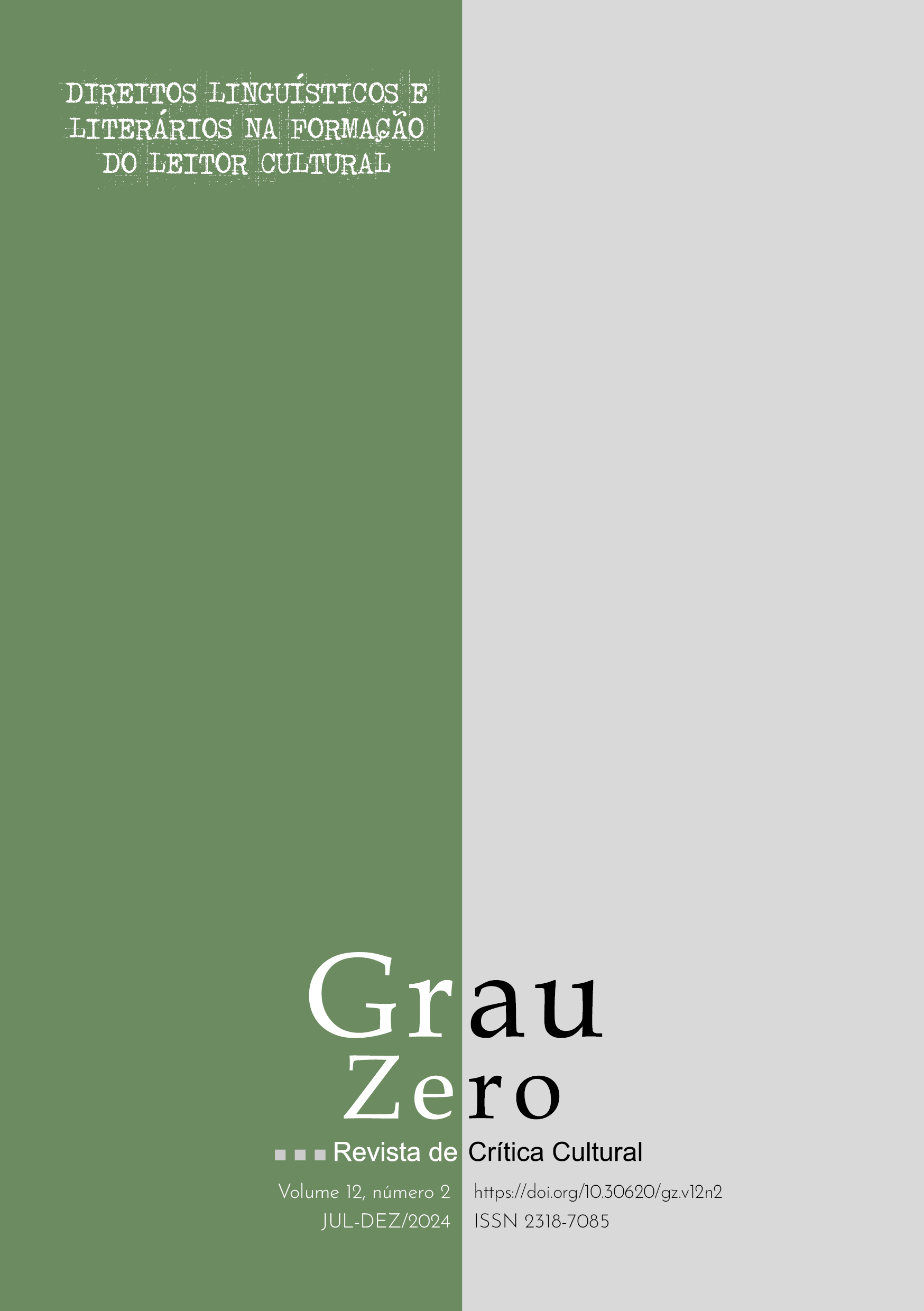From the optimization of pedagogy and didactics to practice
a reality check of translation in our university institutions today
DOI:
https://doi.org/10.30620/gz.v12n2.p139Keywords:
Optimization. Pedagogy and didactics. Practice. Reality check. Translation. University institutions.Abstract
This article explores the challenges of training translators and Interpreters within the university context, structured around four main research axes. First, it questions the profile of translators that university Institutions should aim to train, taking Into account market evolutions and professional demands. Next, it examines the role of critique of existing translations as a pedagogical tool In training future translators and Interpreters, enabling students to develop an analytical and critical approach toward translation choices. A third axis focuses on the current state of technological tool Integration In this training, an essential element for ensuring the competitiveness and adaptability of future professionals In the face of technological advancements. Finally, the article discusses the type of collaboration that should be encouraged between theorists and practitioners to strengthen the professionalization and employability of translators and Interpreters In training.
Downloads
References
CORMIER, C.M. L’évaluation des systèmes de traduction automatique. Meta, XXXVII, n. 2, 1992, p. 383-384.
CONLEY, T. Institutionalizing Translation: On Florio’s Montaigne. In: Demarcating the Disciplines. University of Minnesota Press, Minneapolis, 1986.
DAMBRE, N. Quand traduire devient crucial. Le Français dans le monde, n° 386, mars-avril 2013, p. 52-53.
DODDS, J. Translation Criticism In Defence of the Profession. In: Rivista Internazionale di Tecnica della Traduzione, 1992, p. 1-4.
F.I.T. Rapport final de table ronde: La traduction dans le système d’enseignement des langues étrangères à Paris. Maison de l’UNESCO, Paris, 17-19 mars 1983.
GILE, D. Les fautes de traduction: une analyse pédagogique. Meta, XXXVII, n. 2, 1992, p. 251-262.
GUIDERE, M. Introduction à la tradutologie. In: Penser la traduction: hier, aujourd’hui, demain. De Boeck, Bruxelles, 2008.
HATIM, B.; MASON, I. Discourse and the translator. Longman, London and New York, 1990.
HOLMES, J. The Name and Nature of Translation Studies. In: HOLMES, J. (ed.). 1988, p. 80-91.
HUTCHINS, W.J.; SOMERS, H.L. An Introduction to Machine Translation. Academic Press, London and San Diego, 1992.
LEWIS, P.H. The Measure of Translation Effects. In: GRAHAM, J. (ed.). Ithaca. Cornell University Press, NY, 1985.
NEWMARK, P. A Textbook of Translation. Prentice Hall, 1988.
NUYTEN, S. Ordinateurs polyglottes à la recherche de la traduction parfaite. Le Français dans le monde, n° 386, mars-avril 2013, p. 54-55.
OSEKI-DÉPRÉ, I. Théories et pratiques de la traduction littéraire. Armand Colin, Paris, 1999.
OSEKI-DÉPRÉ, I. De Walter Benjamin à nos jours... (Essais de traductologie). Honoré Champion, Paris, 2007.
Published
How to Cite
Issue
Section
License
Copyright (c) 2024 Grau Zero – Revista de Crítica Cultural

This work is licensed under a Creative Commons Attribution-ShareAlike 4.0 International License.
Autores que publicam nesta revista concordam com o seguinte termo de compromisso:
Assumindo a criação original do texto proposto, declaro conceder à Grau Zero o direito de primeira publicação, licenciando-o sob a Creative Commons Attribution License, e permitindo sua reprodução em indexadores de conteúdo, bibliotecas virtuais e similares. Em contrapartida, disponho de autorização da revista para assumir contratos adicionais para distribuição não-exclusiva da versão do trabalho publicada, bem como permissão para publicar e distribuí-lo em repositórios ou páginas pessoais após o processo editorial, aumentando, com isso, seu impacto e citação.


















